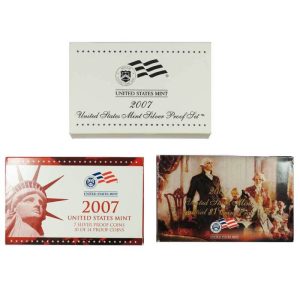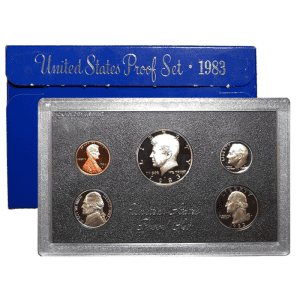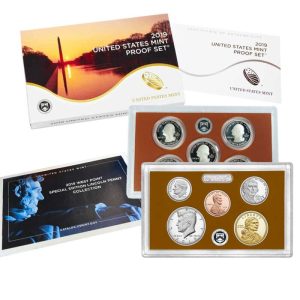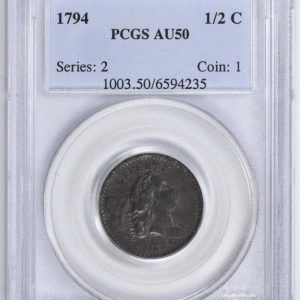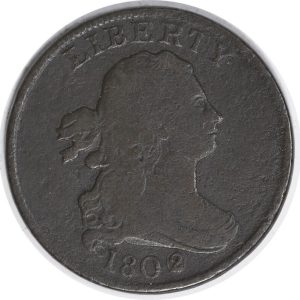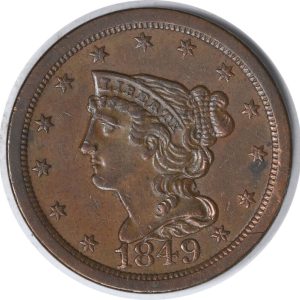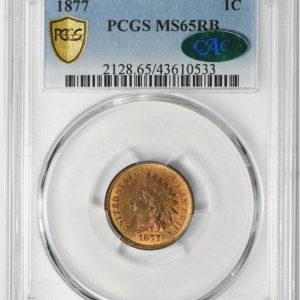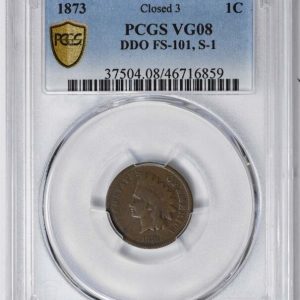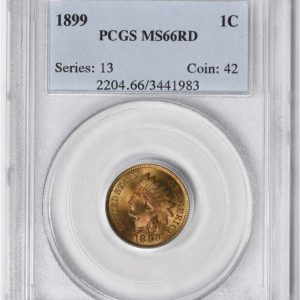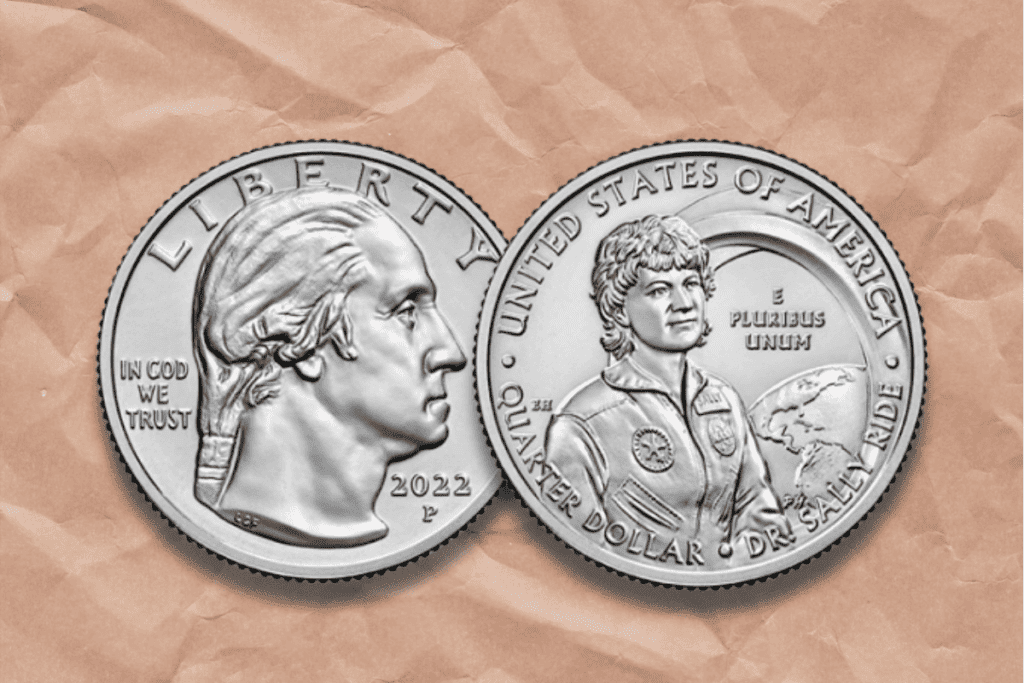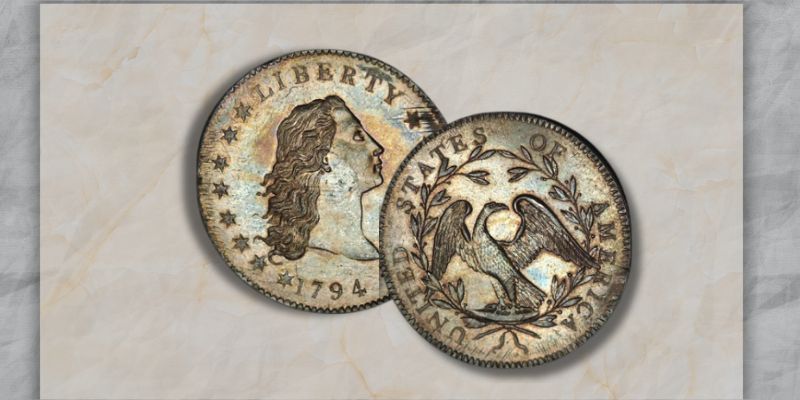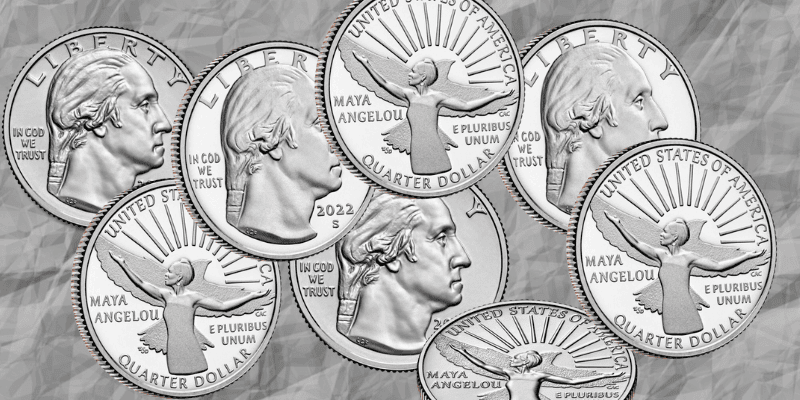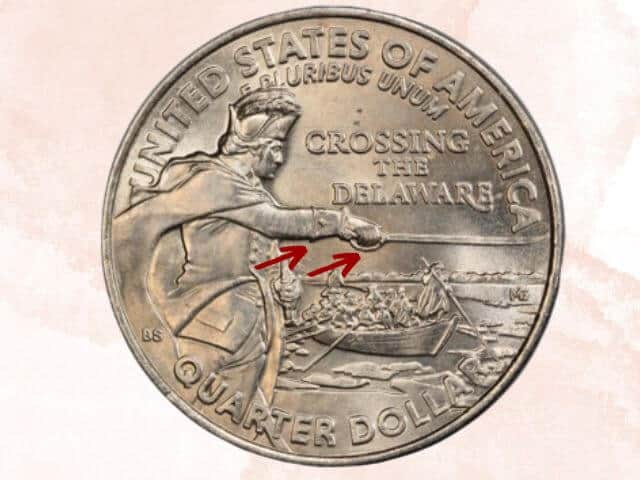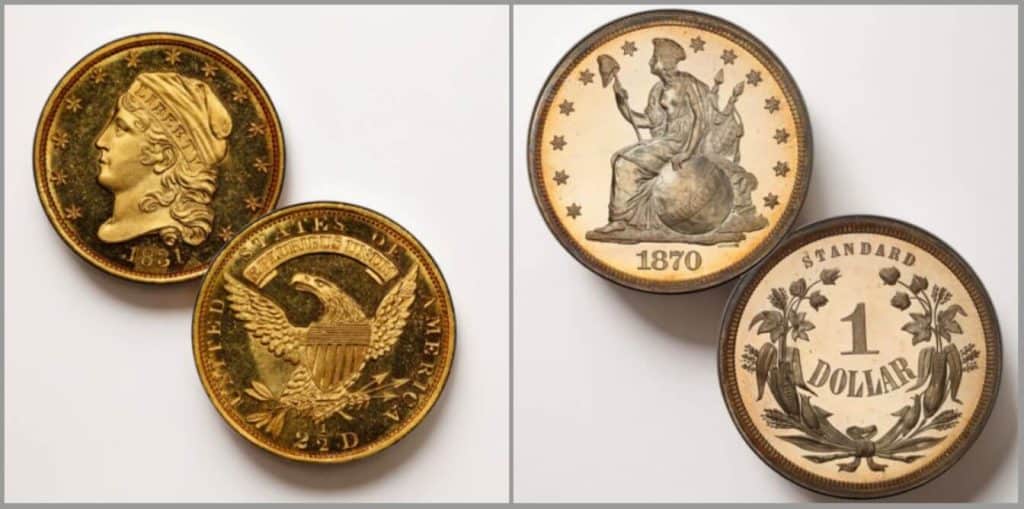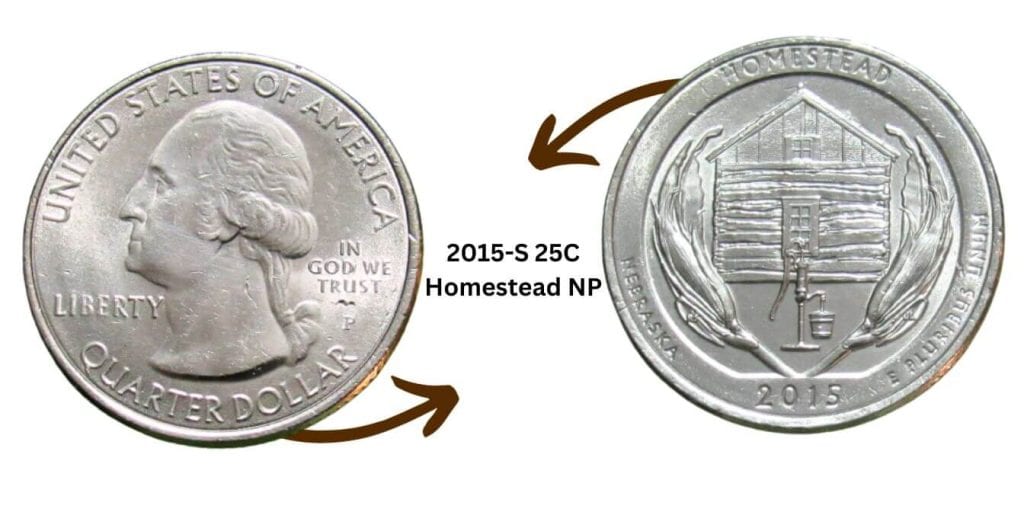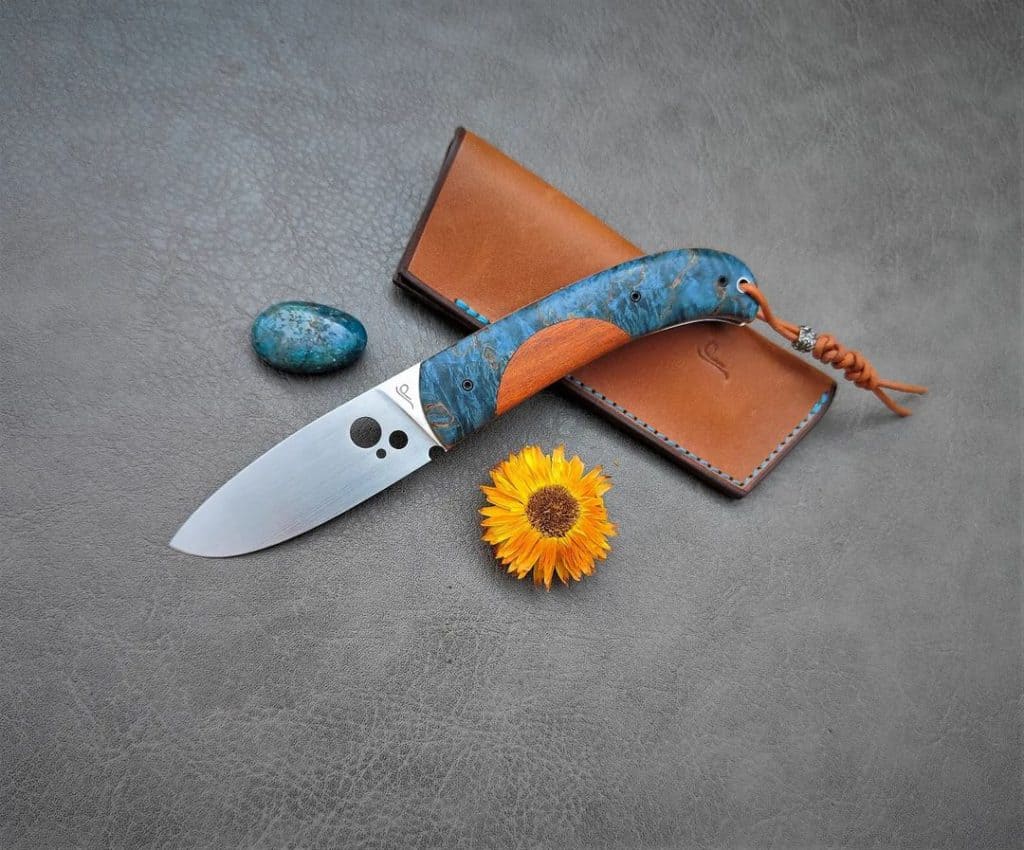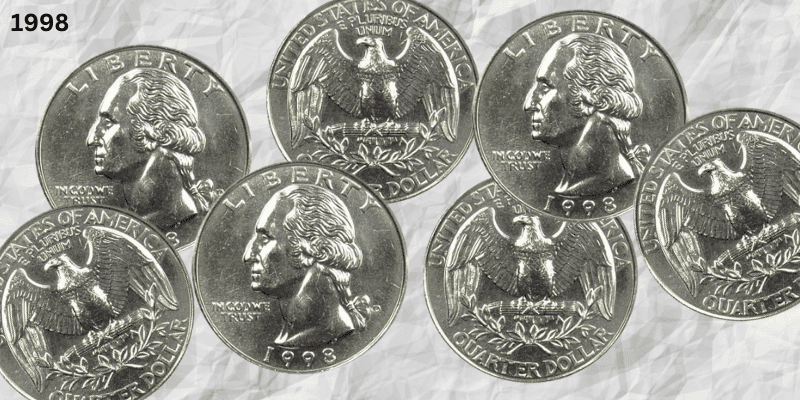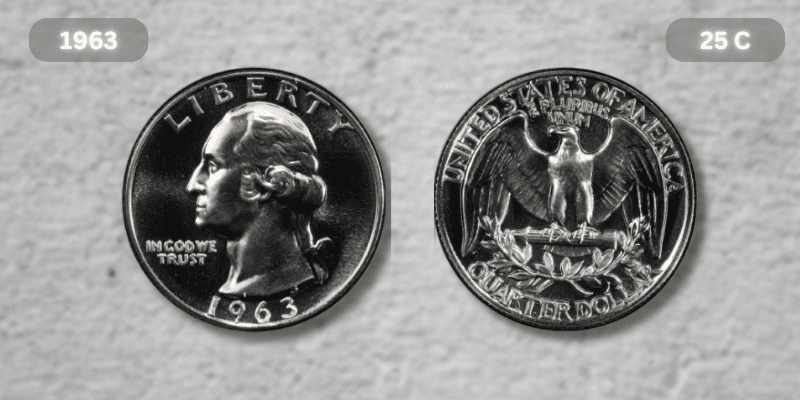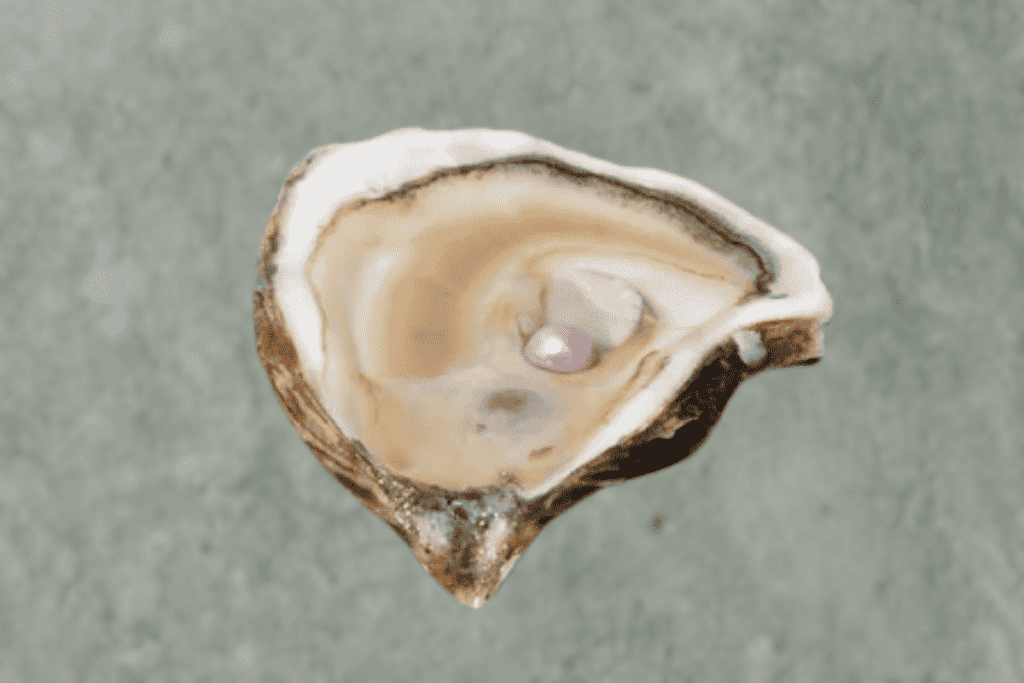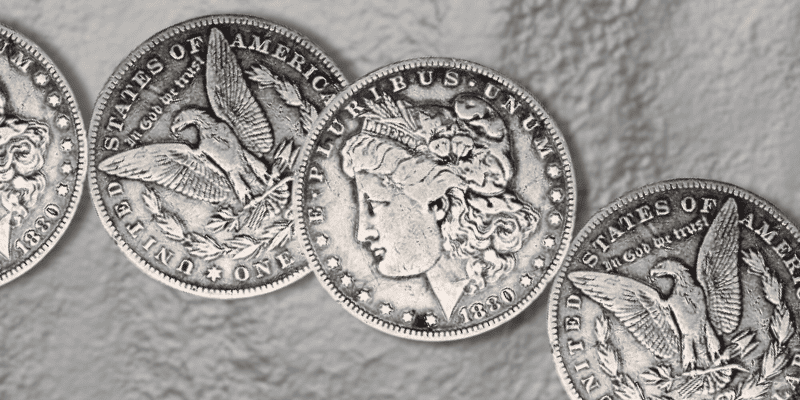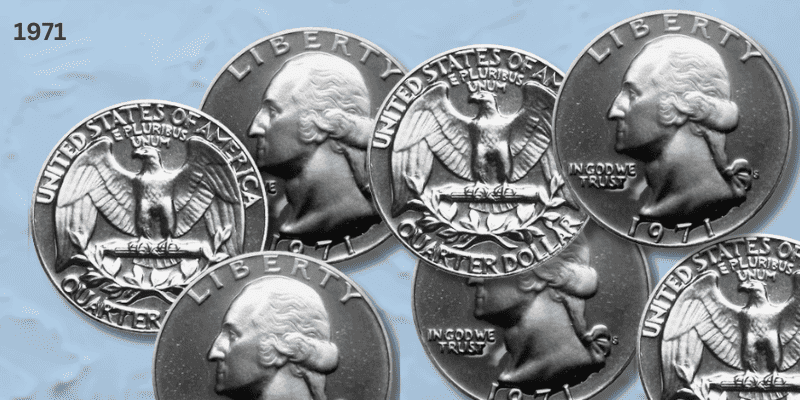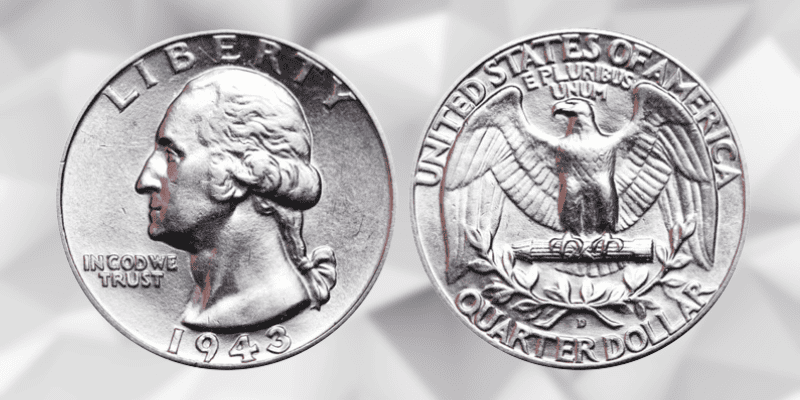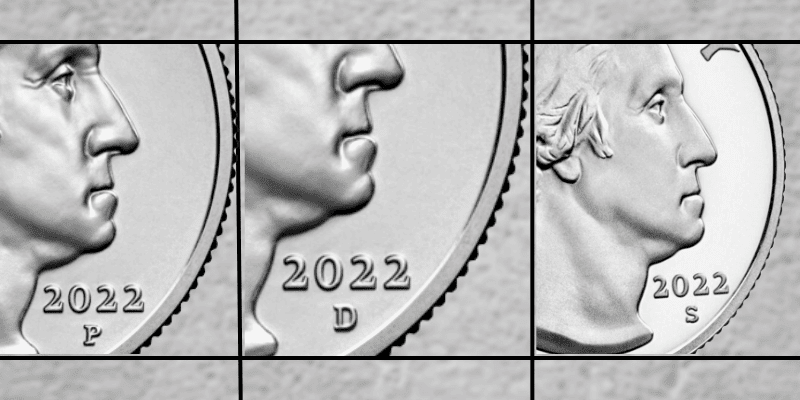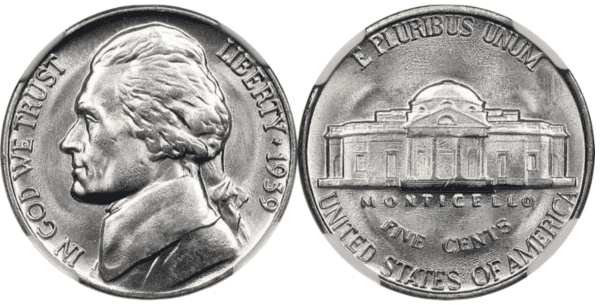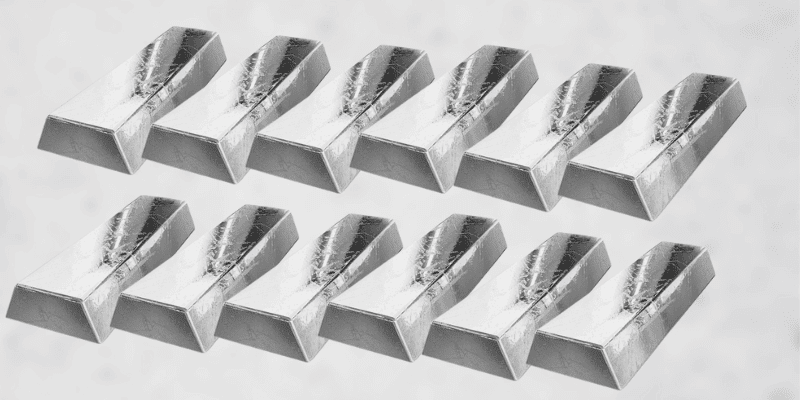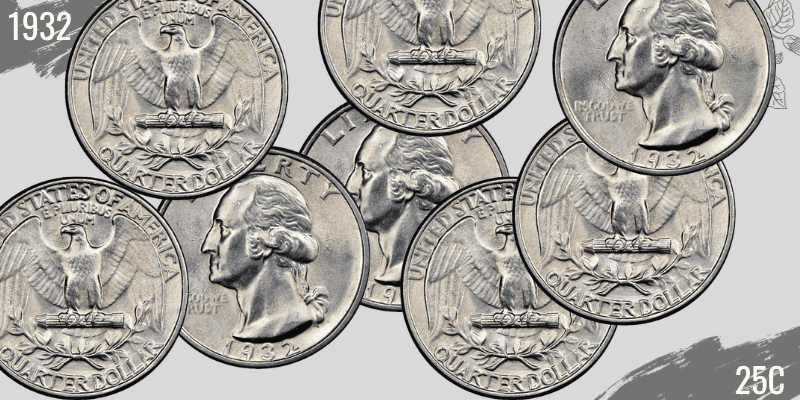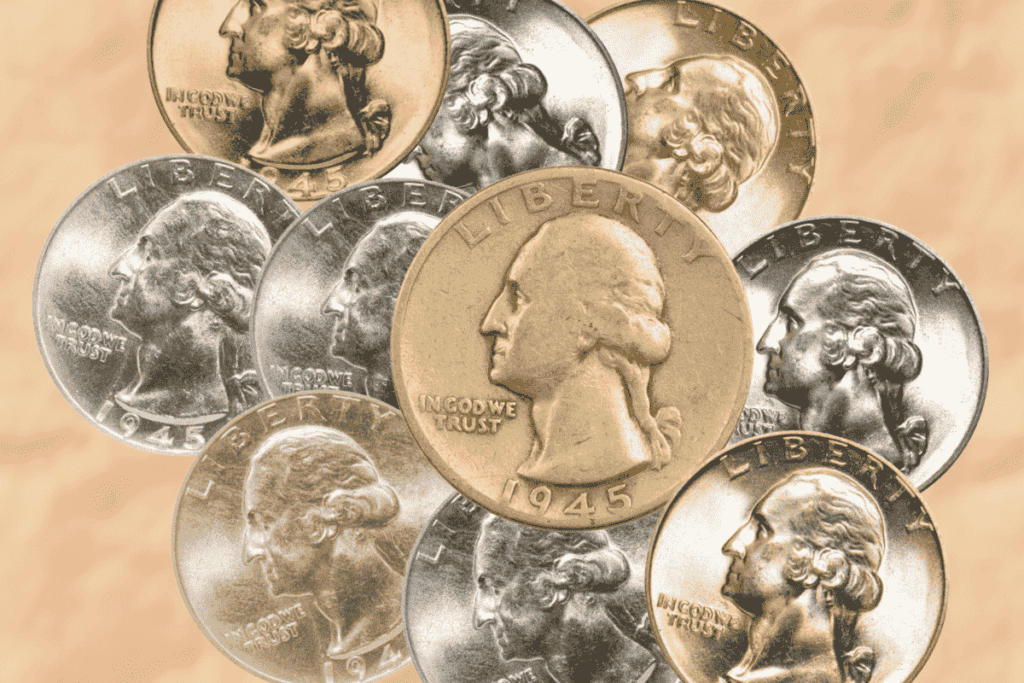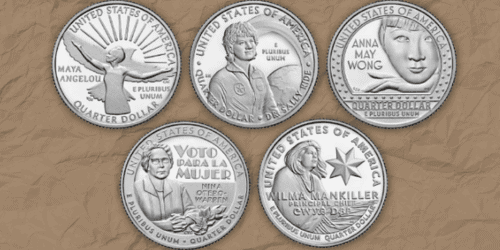Welcome to
Vip Art Fair
Find rare treasures at Vip Art Fair. Our inventory includes highly sought after collectibles like Indian Head cents, early American half cents, and other antique coins. We also offer a wide selection of vintage decor, jewelry, art, and glassware. Authentic pieces, expertly curated. Discover our collection of beautiful antiques and historical coins. Quality vintage items at attractive prices. Trust Vip Art Fair for the most unique gifts.
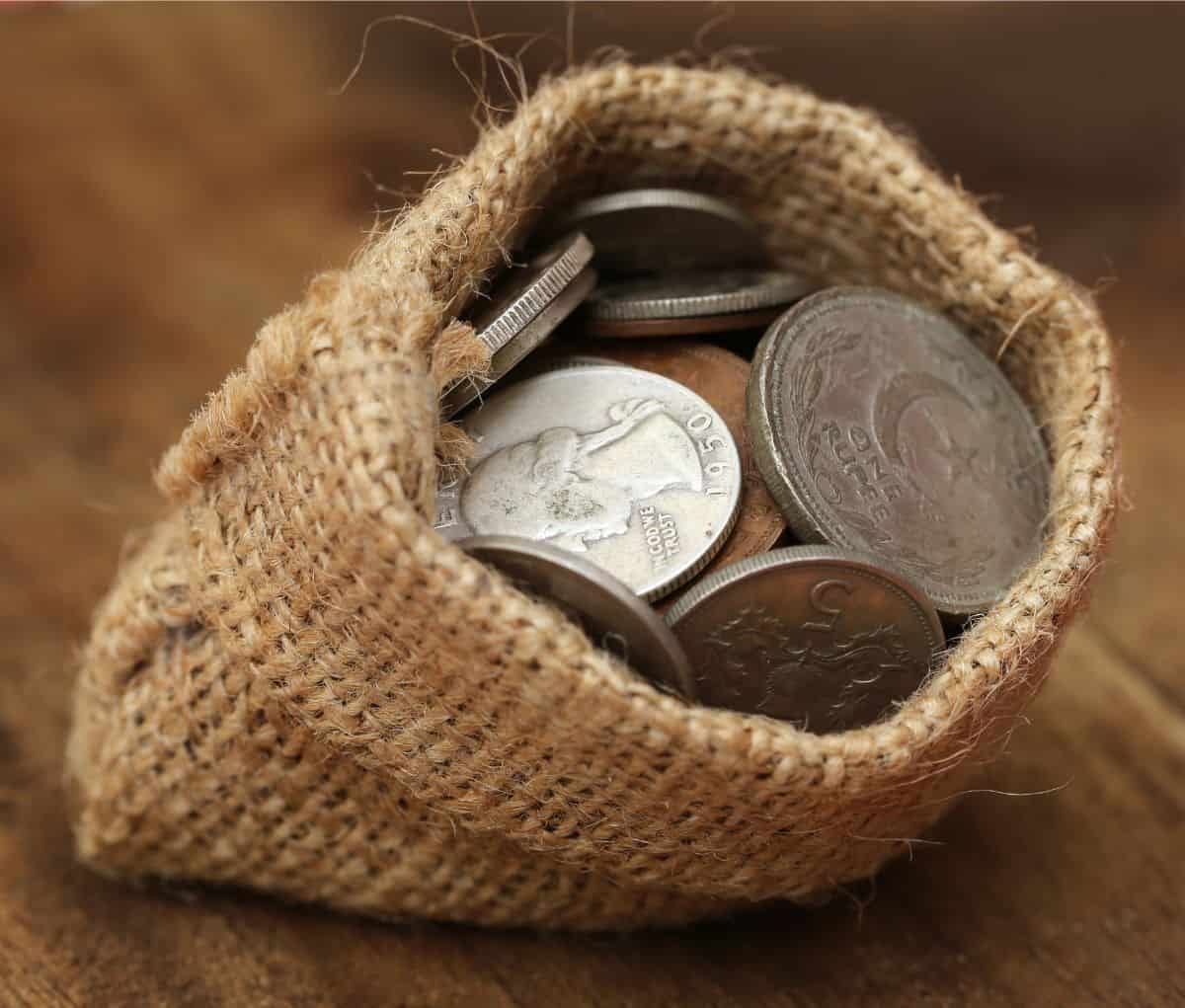
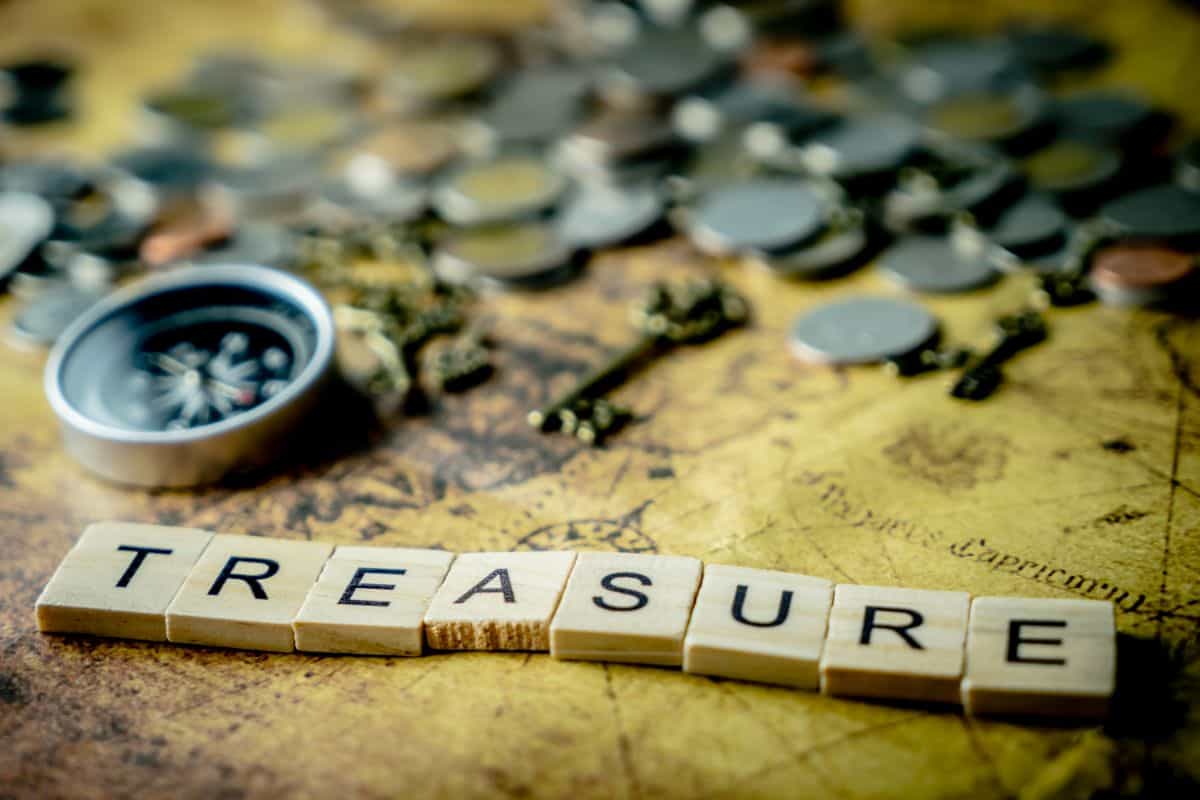
US Coin Proof Sets For Sale
Add beautiful brilliant uncirculated coin sets to your collection. These complete proof sets from the US Mint contain coins specially struck on polished planchets and with mirror-like finishes. Sets include proofs of each denomination minted in a given year. An ideal gift for collectors and those interested in numismatics. Perfect for display.
US Half Cents For Sale
Own a piece of early American history with these rare half cent coins. Minted from 1793 to 1857, half cents are an often overlooked denomination. These copper coins offer an affordable way to start collecting early US coinage. Their small size belies their historical significance. Half cents make unique additions to any numismatic collection. Authentic half cents from the birth of the US Mint.
Indian Head Cents For Sale
Own a piece of Americana with the historic Indian Head cent. This iconic penny is beloved by collectors for its intricate and nostalgic design. Minted for just 50 years, Indian Head cents are becoming increasingly scarce. Add these visually stunning coppers to your collection now before prices rise. A valuable and artful way to connect with 19th century America.
-
1877 Indian Cent MS65RB PCGS (CAC)$21,004.00
-
-
1899 Indian Cent MS66RD PCGS$1,454.00
Collecting coins, currency, and antiques can be an extremely rewarding hobby and investment. However, knowing how to identify rare and valuable pieces is the key to building a collection that holds or gains significant worth over time.
Vip art fair provides coin collectors insightful guides on identifying, valuing, and selling US coins, including rare quarters, dimes, pennies, and dollar bills. It also covers antiques like vintage cameras, glassware, jewelry, and more. The goal is educating readers on building valuable collections.
In this comprehensive guide, you’ll learn insider tips and strategies for appraising, buying, and selling coins, paper money, and antiques to maximize the value of your collection.、
Identifying Rare and Valuable Coins
Look for Minting Errors
Minting errors can occur at any stage of the coin production process, from the design to the striking. Some common minting errors include:
Off-center strikes: The coin is not centered in the die, resulting in a misaligned design.
Double strikes: The coin is struck twice by the die, resulting in a doubled design.
Planchets with defects: The blank coin planchet has defects, such as a crack or bubble, before it is struck by the die.
Minting errors can make coins more valuable, especially if they are rare or severe. However, it is important to note that not all minting errors are valuable. Some errors are very common and have little effect on the value of the coin.
Check for Low Mintage
The mintage of a coin is the number of coins that were produced in a given year. Coins with lower mintages are generally more valuable than coins with higher mintages. This is because there are fewer low-mintage coins available to collectors.
You can find the mintage of a coin by looking for the mint mark on the coin. The mint mark is a small letter or symbol that indicates which mint produced the coin. The mintage of the coin is usually listed on the coin or in a coin catalog.
Inspect Condition and Grade
The condition of a coin is also a factor in its value. Coins in better condition are generally more valuable than coins in poorer condition.
The condition of a coin is graded on a scale of 1 to 70, with 70 being the highest grade. A coin in grade 70 is in perfect condition. Coins with lower grades have imperfections, such as scratches or dents.
You can inspect the condition of a coin yourself using a magnifying glass. However, if you are serious about collecting coins, it is a good idea to have your coins graded by a professional.
Research Key Date Coins
Key date coins are coins that are particularly rare or desirable to collectors. Key date coins can be valuable even if they are not in perfect condition.
Some factors that can make a coin a key date coin include:
Low mintage: Key date coins often have low mintages, making them more rare.
Historical significance: Key date coins may have been issued to commemorate a special event or anniversary.
Rarity: Some key date coins are simply rarer than others.
You can learn more about key date coins by reading coin catalogs and articles.
How to Sell Your Rare and Valuable Coins
If you have rare and valuable coins, you may be wondering how to sell them. There are a few different ways to sell your coins:
Sell to a coin dealer: Coin dealers are experts in buying and selling coins. They can offer you a fair price for your coins and will handle the entire selling process for you.
Sell your coins online: There are a number of websites where you can sell your coins online. This can be a good option if you want to reach a large audience of potential buyers.
Auction your coins: You can also auction your coins through a coin auction house. This can be a good option if you have particularly rare or valuable coins.
No matter which option you choose, it is important to do your research and shop around to get the best price for your coins.
Finding Worthwhile Currency and Paper Money
Currency and paper money can be a valuable investment, but it is important to know what to look for when searching for worthwhile items. Here are a few tips:
Search for Star Notes
Star notes are currency or paper money with a star (*) on the serial number. They are printed to replace bills that have been damaged or destroyed. Star notes are relatively rare and can be more valuable than regular bills.
Look for Low Print Runs
The print run of a currency or paper money issue is the number of bills that were printed. Currency and paper money with low print runs are generally more valuable than bills with high print runs.
You can find the print run of a currency or paper money issue by looking for the mint mark on the bill. The mint mark is a small letter or symbol that indicates which mint produced the bill. The print run of the bill is usually listed on the bill or in a currency catalog.
Inspect for Misalignments
Misalignments occur when the design or printing on a currency or paper money bill is not aligned correctly. Misalignments can be caused by a variety of factors, such as a printing error or damage to the bill.
Misalignments can make currency and paper money more valuable, especially if they are rare or severe. However, it is important to note that not all misalignments are valuable. Some misalignments are very common and have little effect on the value of the bill.
Research Discontinued Bills
Discontinued bills are currency or paper money bills that are no longer in circulation. Discontinued bills can be more valuable than current bills, especially if they are in good condition or have a low print run.
You can learn more about discontinued bills by reading currency catalogs and articles.
Other Factors to Consider
In addition to the factors listed above, there are a few other things to consider when searching for worthwhile currency and paper money:
Condition: The condition of a currency or paper money bill is a major factor in its value. Bills in better condition are generally more valuable than bills in poorer condition.
Rarity: Some currency and paper money bills are simply rarer than others. Rare bills are generally more valuable than common bills.
Historical significance: Currency and paper money bills that were issued to commemorate a special event or anniversary may be more valuable than regular bills.
How to Sell Your Worthwhile Currency and Paper Money
If you have worthwhile currency and paper money, you may be wondering how to sell it. There are a few different ways to sell your bills:
Sell to a currency dealer: Currency dealers are experts in buying and selling currency and paper money. They can offer you a fair price for your bills and will handle the entire selling process for you.
Sell your bills online: There are a number of websites where you can sell your currency and paper money online. This can be a good option if you want to reach a large audience of potential buyers.
Auction your bills: You can also auction your currency and paper money through a currency auction house. This can be a good option if you have particularly rare or valuable bills.
No matter which option you choose, it is important to do your research and shop around to get the best price for your bills.
Determining Value for Antiques and Collectibles
Antiques and collectibles can be valuable investments, but it is important to know how to determine their value before you buy or sell them. Here are a few tips:
Verify Maker’s Marks
Many valuable antiques and collectibles have maker’s marks. Maker’s marks are symbols or stamps that identify the maker of the item. Maker’s marks can be found on a variety of items, including furniture, pottery, jewelry, and silverware.
You can research maker’s marks online or in reference books to learn more about the maker of the item and its potential value.
Consider Materials Used
The materials used to make an antique or collectible can also affect its value. Valuable antiques and collectibles are often made from high-quality materials, such as precious metals, gemstones, and rare woods.
If you are not sure what materials were used to make an antique or collectible, you can consult a reference book or ask an expert.
Evaluate Condition and Repairs
The condition of an antique or collectible is a major factor in its value. Antiques and collectibles in good condition are generally more valuable than those in poor condition.
When evaluating the condition of an antique or collectible, look for any signs of damage, such as cracks, chips, and repairs. Repairs can reduce the value of an antique or collectible, but the extent of the reduction depends on the type of repair and the overall condition of the item.
Research Appraisal Guides
Appraisal guides can be a helpful tool for determining the value of antiques and collectibles. Appraisal guides list the estimated value of a variety of items based on their condition, rarity, and other factors.
Appraisal guides can be found online and in libraries. However, it is important to note that appraisal guides are only estimates. The actual value of an antique or collectible may be higher or lower than the estimated value listed in an appraisal guide.
How to Get a Professional Appraisal
If you need a more accurate appraisal of an antique or collectible, you can hire a professional appraiser. Professional appraisers have the knowledge and experience to accurately assess the value of a variety of items.
When hiring a professional appraiser, be sure to choose someone who is qualified and experienced in appraising the type of item you have. You can ask for recommendations from friends, family members, or other collectors. You can also search for qualified appraisers online or in professional directories.
Buying Undervalued Pieces
Buying undervalued antiques and collectibles can be a great way to find valuable items at a good price. There are a few things to keep in mind when searching for undervalued pieces:
Shop around: Don’t just buy the first item you see. Compare prices from different sellers to get the best deal.
Know what you’re looking for: Do some research before you start shopping so that you know what to look for and what a fair price is.
Don’t be afraid to negotiate: If you see an item that you’re interested in, don’t be afraid to negotiate with the seller. You may be able to get a lower price, especially if you’re buying multiple items.
Here are a few tips for finding undervalued antiques and collectibles:
Shop at garage sales, flea markets, and thrift stores: These places are often a good place to find undervalued items. However, it’s important to be knowledgeable about antiques and collectibles so that you don’t overpay.
Check online auction websites: You can often find undervalued items on online auction websites, such as eBay. However, it’s important to do your research before you bid on an item to make sure that it’s authentic and that you’re getting a good deal.
Attend antique shows: Antique shows can be a good place to find undervalued items, but it’s important to be prepared to negotiate with the sellers.
Talk to antique dealers: Antique dealers are a good source of information about antiques and collectibles. They can also help you find undervalued items.
When buying undervalued antiques and collectibles, it’s important to be patient. It may take some time to find the right pieces. However, if you’re patient and persistent, you can find valuable items at a good price.
Please note that buying undervalued antiques and collectibles can be a risky proposition. It’s important to do your research and be knowledgeable about the items you’re buying. Otherwise, you may overpay or buy a fake item.
Safe Handling and Storage
Antiques and collectibles can be delicate and valuable, so it is important to handle and store them carefully. Here are a few tips:
Handle with care: When handling antiques and collectibles, always wear clean, dry hands. Avoid touching the items’ surfaces with your bare skin, as this can transfer oils and dirt. If you need to move an item, support it from the bottom and from underneath.
Store in a climate-controlled environment: Antiques and collectibles should be stored in a climate-controlled environment with moderate temperature and humidity. This will help to prevent damage from warping, cracking, and fading. Avoid storing antiques and collectibles in direct sunlight or in damp or humid conditions.
Use proper packaging: When storing or transporting antiques and collectibles, use proper packaging to protect them from damage. Wrap each item in bubble wrap or acid-free tissue paper and place it in a sturdy box. Fill any empty space in the box with packing peanuts or other packing material to prevent the item from shifting.
Here are some additional tips for storing specific types of antiques and collectibles:
Furniture: Wax and polish wooden furniture regularly to protect it from drying out and cracking. Store furniture on a level surface and avoid placing it in direct sunlight.
Textiles: Store textiles, such as clothing and rugs, in a cool, dark place. Fold or roll textiles loosely to prevent wrinkles. You may also want to place textiles in acid-free tissue paper or a muslin bag.
Paper goods: Store paper goods, such as books, documents, and photographs, in a cool, dark place. Avoid storing paper goods in humid conditions, as this can cause them to mold or mildew. You may also want to place paper goods in acid-free sleeves or folders.
Metal objects: Store metal objects, such as jewelry and silverware, in a cool, dry place. You may also want to place metal objects in a tarnish-resistant bag or cloth.
By following these tips, you can help to keep your antiques and collectibles in good condition for years to come.
Selling Your Collection at Fair Market Value
To sell your collection at fair market value, you need to do your research and understand the factors that affect the value of your items. Here are a few tips:
Research the value of your items: You can use online resources, such as auction websites and price guides, to research the value of your items. It is also a good idea to consult with an appraiser if you have high-value items.
Consider the condition of your items: The condition of your items will affect their value. Items in good condition are generally worth more than items in poor condition.
Price your items competitively: When pricing your items, it is important to be competitive. You want to price your items high enough to make a profit, but not so high that they are unappealing to buyers.
Sell your items to the right audience: The type of audience you sell your items to will also affect their value. If you are selling valuable items, it is important to sell them to buyers who are knowledgeable about antiques and collectibles.
Here are a few ways to sell your antiques and collectibles:
Sell online: There are a number of online marketplaces where you can sell your antiques and collectibles. This is a good option if you want to reach a large audience of potential buyers.
Sell to a dealer: You can also sell your antiques and collectibles to a dealer. This is a good option if you want to sell your items quickly and easily. However, it is important to keep in mind that dealers typically pay less than retail value for items.
Auction your items: You can also auction your antiques and collectibles. This is a good option if you have high-value items or if you are not sure what they are worth. However, it is important to keep in mind that auctions can be time-consuming and there is no guarantee that your items will sell.
No matter which option you choose, it is important to be patient and persistent. It may take some time to sell your collection at fair market value. However, if you are patient and persistent, you can find buyers who are willing to pay a fair price for your items.
Here are a few additional tips for selling your antiques and collectibles:
Take good photos: When selling your items online, it is important to take good photos. Photos should be clear, well-lit, and in focus. Be sure to take multiple photos of each item, including close-ups of any damage or repairs.
Write detailed descriptions: When writing descriptions for your items, be sure to include all relevant information, such as the condition of the item, its dimensions, and any other pertinent details.
Be honest and transparent: It is important to be honest and transparent with buyers about the condition of your items. This will help to avoid any problems or disputes down the road.
By following these tips, you can increase your chances of selling your collection at fair market value.

